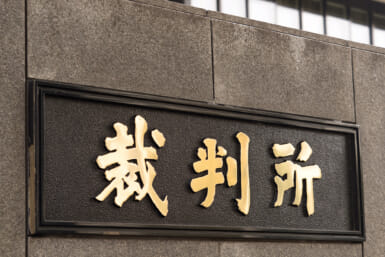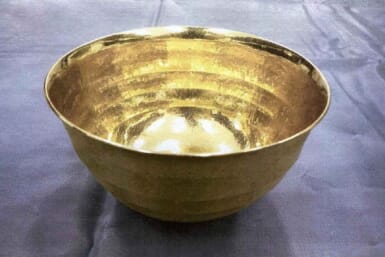by Elyse M. Rogers
A Medical Grab-bag
I have bits and pieces of information to give to you, so this column will be a little bit of this and that.
For a starter, a problem related to emergency care. Or, I should say a solution. Many foreigners have expressed concern about emergency treatment and calling an ambulance. The phone number for an ambulance all over Japan remains 119, but you must call in Japanese. The best way for new foreigners to be protected in an emergency, as I’ve mentioned before, is to choose a physician and have him direct you in an emergency. In most cases he (or his staff) will call the ambulance, take care of hospital admission, etc.
Since ambulances here are not well equipped and are not staffed with paramedics, they have no special capacity for heart patients. But there is good news on this front. The Tokyo Women’s Medical College Hospital has a mobile cardiac unit that is staffed with a qualified doctor and nurse. This unit is reached by calling 353-8111. The good news is that they will come and pick up a heart patient anywhere in Tokyo; the bad news (or I should say, the one problem) is that they will only take you to their own hospital. It’s situated in Ichigaya, near Fuji TV. But, since they have a well-equipped heart care center, this is not really a disadvantage.
The person who answers 353-8111 will speak Japanese, but if you have patience they will get you an English – speaking doctor. It’s hard not to panic in an emergency, but it’s easier if you know that if you remain calm, help will be forthcoming. Two helpful Japanese phrases are: Nihongo ga dekimasen. (Knee hone go gah deck ee mah sen.) “I can’t speak Japanese,” and Dare ka eigo ga dekimasu ka? (Dahr eh kah a go gah deck ee mah skah?) “Is there anyone there who speaks English?”
I’ve said it before, but I’ll say it again, that anyone who lives in Japan should learn his address in Japanese. It only takes a few minutes to learn, and it’s helpful at all times, not just in medical emergencies.
* * *
Chopsticks. I’ve always jokingly suggested that chopsticks would be a good losing-weight technique for those who aren’t used to such eating instruments. This summer, in the U.S., I read in a local newspaper where it’s been suggested that chopsticks are indeed an ideal way to lose weight. A doctor suggests that chopsticks work for the following reasons:
• It slows down the eating process. This is not true for the Japanese or for foreigners who have long ago “gotten the hang” of o-hashi, but for the uninitiated it’s an automatic slow-down tool.
• Chopsticks won’t pick up gravies or sauces. You can pinch the potatoes or stab the meat, but those caloric gravies and sauces tend to drip off before getting to the mouth.
So, if you’re new and still a little clumsy with the chopsticks, just relax. You may find you’ve never looked good!
* * *
I continue to be concerned about the heavy load of salt in the Japanese diet. Many scientists feel that this high level of sodium intake has contributed to the high stroke rate here in Japan. I’ve suggested that you watch your intake and avoid the very salty foods here, such as miso soups, pickled vegetables and soy sauce. This is particularly true for those who have a problem with high blood pressure. It doesn’t mean that you have to forgo all salty dishes, as this would probably mean that you could rarely dine on Japanese foods, but it does mean that you should be careful.
Lately, there have been different kinds of articles — those that suggest that limiting salt intake is unnecessary and may even be harmful for athletes who do vigorous physical activity.
Obviously there is no one yet who has the total definitive answer on the salt question. There is little agreement on how much salt is too much, and for whom. Some people obviously tolerate large amounts of salt and simply excrete it with no apparent harmful effects. However, it seems wiseto be moderate in all aspects of diet and life-style, at least until we are sure that immoderate use of a substance (such as salt) is not harmful. Certainly most scientists are agreeing in increasing numbers that diet does affect health, and moderation seems to be the key word in all aspects of diet today.
Since one fact that is known is that we are consuming three, four, five, or even more times the amount of sodium per day that we need for normal living, it’s pretty obvious that a heavy hand on the salt shaker is certainly unnecessary.
No one is suggesting that we give up eating anything that contains sodium. That would mean giving up all bread, milk and cheese as well as most processed foods. Still, I will continue to suggest that you avoid adding salt either in cooking or at the table, since it is amply supplied in our soba and yakitori. Any new information on the salt question, I’ll be sure to pass on to you.








